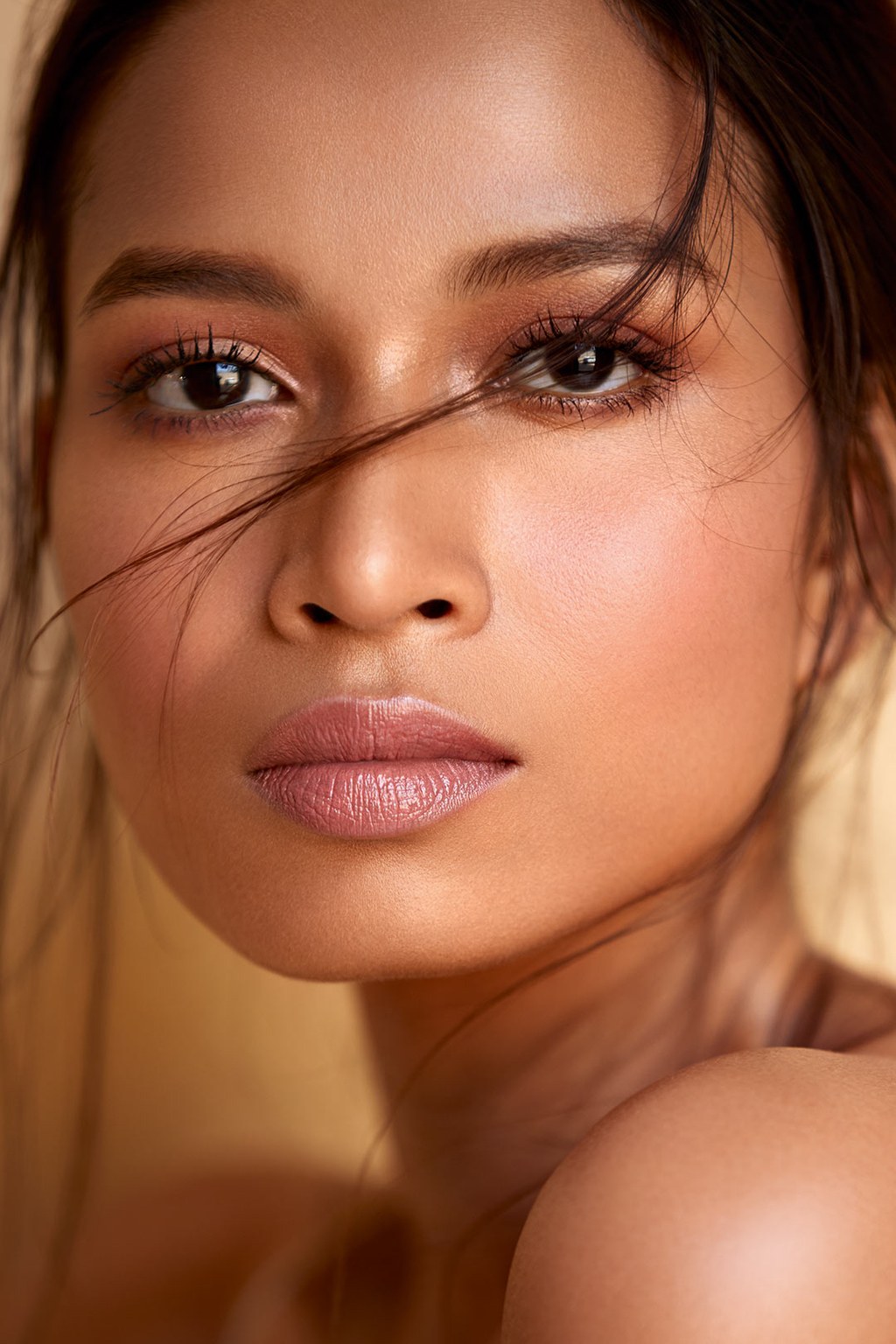We’re all fans of instant gratification—it’s the reason sheet masks, spot treatments and pore strips are the most popular skincare products. They’re so satisfying to use, but are they as effective as they are fun? We spoke to two dermatologists about whether you should slap one on your nose, or reserve better judgement.
“When pores are blocked with dead skin cells, they show up as whiteheads on the surface of the skin. Once the closed pore opens and the skin’s natural oil comes out, it gets oxidised, collects dirt and bacteria, and forms a blackhead,” says Dr Rinky Kapoor, dermatologist at Raheja Hospital, Mumbai.
Should you be using pore strips to get rid of blackheads?
Pore strips are one of the most common way to get rid of blackheads, but they may not be as helpful in the long run as you thought. They usually contain ingredients that, when applied to water, create a glue-like adhesive that hardens as it dries, attaching the top layer of dirt, oil, hair and dead skin cells. The water activates an oil-attracting polymer that pulls out all the sebum from the affected pore.
“Pores strips only work partially and may cause irritation. This is not a preferred therapy recommended by a dermatologist,” warns Dr Kiran Godse, consultant dermatologist, Hiranandani Hospital. “Scrubs, exfoliators and pore strips are all external exfoliators that might prevent the formation to some extent, but will not treat them completely. And using them too much will affect your skin’s renewal cycle.” They essentially work like a strong adhesive that sticks to your skin and pulls out all the gunk. “It works like a bandage. It’ll extract anything that’s on the surface of the skin, like hair, dirt and oil. It’ll make the skin look cleaner, and the pores smaller, but it won’t solve what is causing the blackheads in the first case,” says Dr Kapoor. However, if you are to use them, pore strips need to be used on wet or damp skin, and left on for 15-20 minutes so they can soak up all the gunk. While removing them, peeling from both sides carefully is ideal, so as to not irritate the skin underneath.
What are the alternative treatments to prevent blackheads?
“Often people end up using the wrong cleansers for their skin type. When it’s too mild, it does not exfoliate the dead skin cells, which leads to buildup. Based on your skin condition, dermatologists often prescribe a salicylic or glycolic acid cleanser that exfoliates the upper dead layer of the skin,” says Dr Kapoor. Blackheads can also form when you are using a moisturiser that is too heavy for your skin or when makeup doesn’t suit your skin. “Till the underlying factors are corrected, no amount of external treatments like scrubs and masks will help you prevent blackheads permanently,” says Dr Kapoor.
“Application of a retinol or beta hydroxy acid, both of which are exfoliating, and keratolytic agents, is a better way to clear blackheads. Chemical peels can be used for same purpose,” says Dr Godse. Salicylic acid, especially, works by penetrating the inside of the pores, clearing out all the sebum that has accumulated within them, instead of just the top layer like pore strips do. If you’re more of a physical exfoliation fan, a cleansing brush or wash cloth helps to unclog pores as well.
Article Source – https://www.vogue.in/beauty/content/skin-care-tips-blackhead-removal-strips-damaging-your-skin

